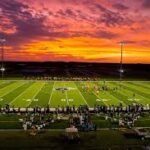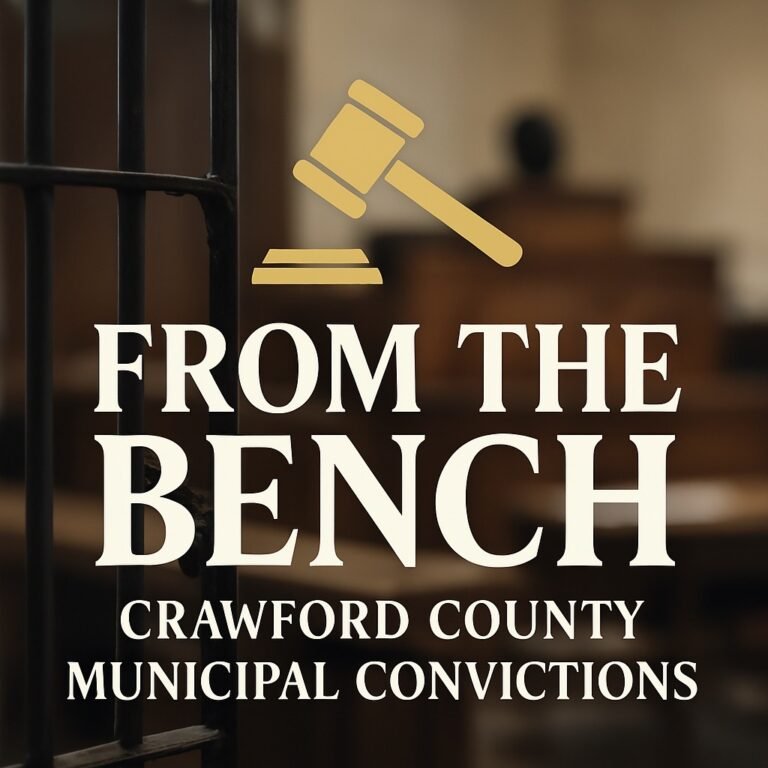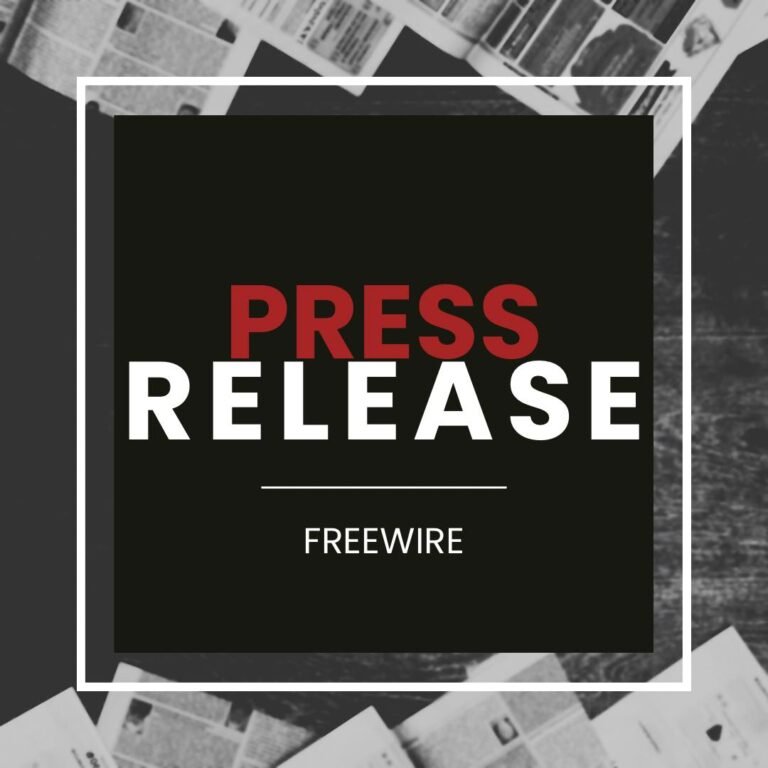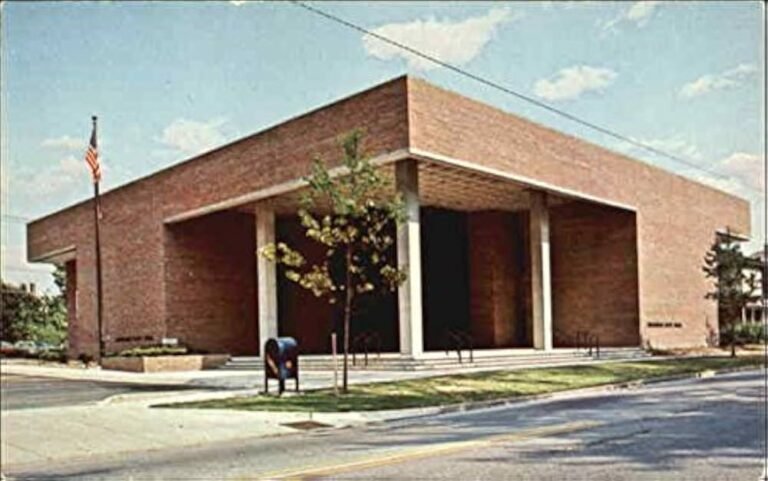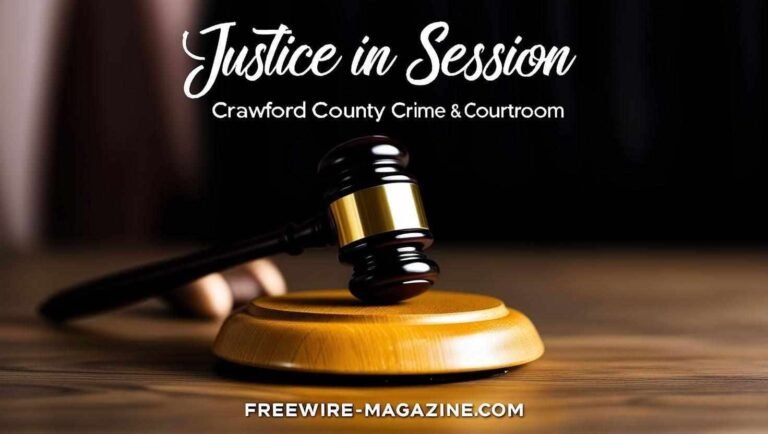By April Rodgers | FreeWire — Your News, Your Voice
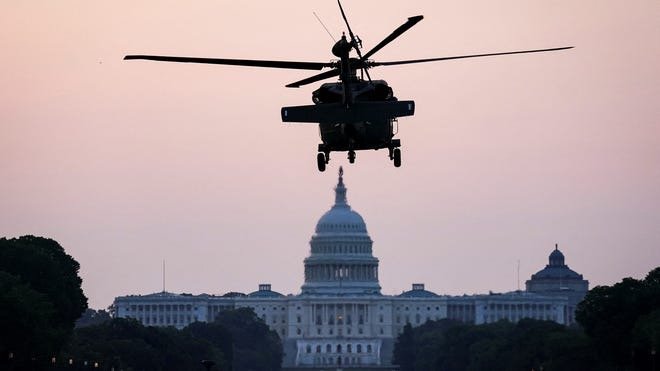
In a spectacle not seen in modern American politics, President Donald Trump celebrated his 79th birthday on Saturday with a full-scale military parade through Washington, D.C., drawing comparisons to the kind of pageantry typically reserved for royalty overseas.
The parade, which also marked the U.S. Army’s 250th anniversary, included tanks rolling down Constitution Avenue, precision jet flyovers, and military bands playing patriotic anthems. Trump stood at a raised platform near the National Mall, saluting passing troops alongside top brass and Republican allies.
For many, it felt more like “Trooping the Colour”—British royalty’s annual display of military pomp for the monarch’s birthday—than a U.S. tradition.
But instead of horse-drawn carriages and Union Jacks, this American version featured Abrams tanks, fighter jets, and chants of “USA! USA!” from supporters waving red, white, and blue.
“It’s about showing strength,” one attendee from Tennessee said. “Trump’s bringing pride back to the military.”
Critics, however, saw a different message. Several Democratic lawmakers and watchdog groups called the event a “campaign-style flex” meant to elevate the president’s personal brand more than honor the troops.
“Military parades aren’t inherently un-American,” one critic noted online. “But when they look more like a coronation than a commemoration, we’ve lost the plot.”
The price tag hasn’t been officially released, though some estimates put the cost in the tens of millions, depending on how many active-duty resources were used. The Pentagon has not commented.
Still, the day went off without incident. Security was tight, the streets were lined with barricades, and no major protests interrupted the event.
Trump did not deliver a formal speech but offered a short statement from the viewing stand: “Our military is the strongest in the world, and today, we honor their legacy.”
Whether Americans saw Saturday as a patriotic salute or political theater depended largely on which side of the street they stood on.








